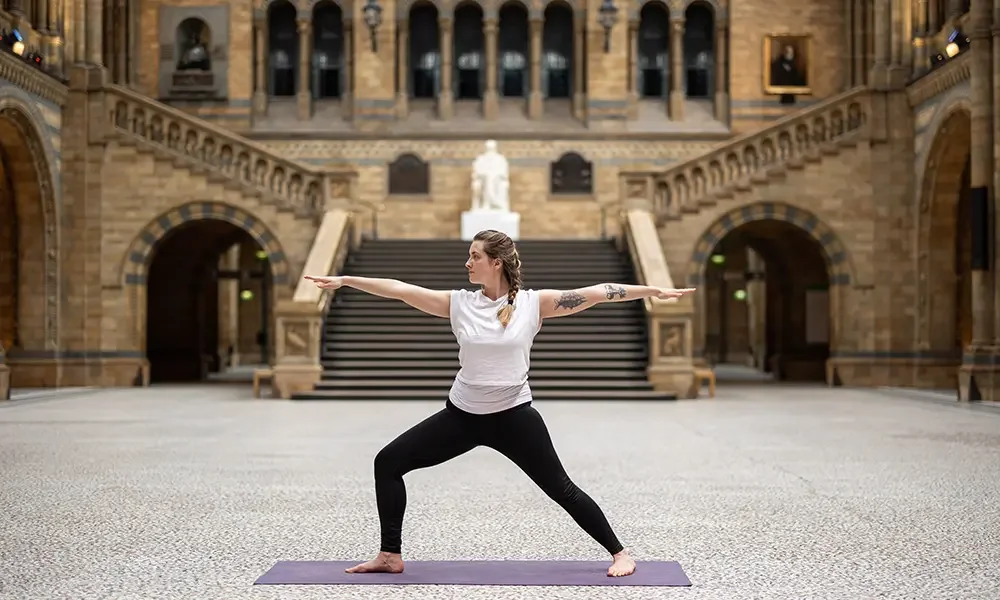The Ugly Duchess Beauty and Satire in the Renaissance to open at National Gallery in March 2023
The Ugly Duchess: Beauty and Satire in the Renaissance will open in the National Gallery in March 2023.
Image: Quinten Massys, An Old Woman ('The Ugly Duchess'), about 1513. Oil on oak. 62.4 × 45.5 cm Bequeathed by Miss Jenny Louisa Roberta Blaker, 1947. © Photo: The National Gallery, London
This exhibition will shed new light on one of the most unforgettable paintings in the Gallery’s Collection: Quinten Massys’ An Old Woman. Defying Western canons of beauty and rules of propriety, this arresting figure became known as The Ugly Duchess after she inspired John Tenniel’s hugely popular illustrations for Lewis Carroll’s Alice in Wonderland. She has remained associated with the world of fairy tale ever since.
Image: Albrecht Durer. A Witch Riding Backwards on a Goat, about 1500. Engraving. 11.6 x 7.2 cm. Victoria and Albert Museum, London (E.4628-1910)
For the first time, an exhibition will move away from the painting’s Victorian afterlife to focus on its original context, stressing how novel this panel would have been as an early work of secular and satirical art – two areas which Quinten Massys pioneered: the work captures the emergence of the grotesque (in the original sense of the word, denoting the surprising, extraordinary, and comical) as a subject for painting. The exhibition will also reveal what this painting tells us of the vibrant artistic exchanges taking place between Italy and the Netherlands at the time and will interrogate the Renaissance’s attitudes towards older women and the currency placed – then as now – on women’s youth and appearance.
The exhibition will show that An Old Woman belongs to a broader visual tradition that derided and vilified older women, from the grimacing and pitiful maiolica Bust of an Old Woman, lent by the Fitzwilliam Museum, to Albrecht Dürer’s iconic and fearsome Witch Riding Backward on a Goat. Beyond the obvious misogyny, these works show that older women afforded Renaissance artists a space for invention and play that depictions of conventional beauty did not allow. Their unruly bodies were metaphors for social disorder, and there is an undeniable joy in beholding An Old Woman trample beauty standards, social conventions, and gender expectations. The image’s enduring power perhaps lies in this irreverence.
An Old Woman has been conserved for the occasion, revealing the full extent of its outstanding execution. The humorous contrast between the painting’s technical refinement and its indecorous subject will shine through now more than ever.
At the heart of the exhibition will be the exceptional reunion of An Old Woman with her male pendant, An Old Man, on rare loan from a private collection in New York. The two works have only been shown together once in their history, in the Renaissance Faces exhibition held 15 years ago at the National Gallery. Their joint display will allow visitors to make sense of the woman’s flamboyant costume and gesture: she has put on this expensive, scandalously revealing, and by then old-fashioned outfit in the hope of seducing the old man. She offers him a rosebud as a token of love, but his raised hand seems to indicate rebuke. Viewers are invited to laugh at her vanity, lust and self-delusion.
Leonardo da Vinci will make a surprising cameo in the exhibition. For the first time ever, An Old Woman will be displayed with two related drawings after Leonardo da Vinci that show the same unmistakable face. Massys probably based his painting on this composition by the Italian master, whose grotesque drawings were famed all over Europe. A small group of sheets by Leonardo and his followers will further illustrate the two artist’s shared interest in the comic, expressive, and subversive potential of distorting the human face.
Location: Room 46,The National Gallery, Trafalgar Square, London,WC2N 5DN. Date: 16 March-11 June 2023 Price: Free.












